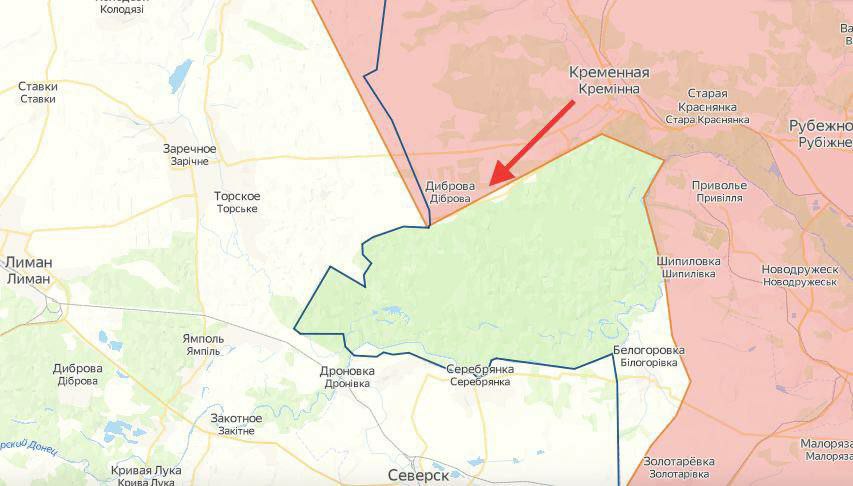ALAMO wrote:
What percentage of the mobilization is the one that faces fuckups?
I can't say the exact percentage, since this is the topic of a whole study. However, from the information I'm facing now:
1. Mass brawl with servicemen in Alabino.
2. The death of several mobilized in training centers.
3. Several cases of conflict with officers: in one of them there was a mass appeal to the prosecutor's office after the colonel told the mobilized "We will not train you, we are recruiting meat."
4. Video from the train with the mobilized, who were given weapons, and then abandoned - no money, no food, no uniforms, the train has been standing for two weeks. We have several hundred hungry, angry people who have military weapons in their hands and who were simply thrown into the field.
5. I was not personally a witness, but I received information from friends that at least one case when a conscript and a deceased at the front were returned three weeks after the draft, of which TWO were not taken up by the delivery of the body to relatives.
6. Also, according to information from friends from the LPR /DPR, I have information that the real losses of the allies are from 20,000 to 30,000 KIA at the moment. I cannot assess their reliability, I transmit only the data that I have been informed.
7. I also know an example when a soldier who has been fighting at the front for 7 months, who was wounded, and is currently undergoing treatment, received the following news: a) as soon as he is cured, he will be sent to the front line again, b) about a third of the monetary payments of one and a half million rubles have mysteriously disappeared somewhere, that is, about half a million of this amount will not be paid to him.
8. One of the mobilized, to whom I, as part of the community, am now helping with money to collect equipment, confirms that: a) almost all equipment has to be purchased independently; b) prices for necessary goods in stores have soared several times (growth coefficients range from x2-x3 to x7-x8 depending on the category of goods).
9. In fact, from the environment I know, only 2-3 people are sent to the front. Everyone else is fleeing abroad, hiding or otherwise looking for a way to avoid mobilization. All this distrust of the current government, its management methods and military leadership is argued. Simply put, people for the most part are sure of only two things: a) the authorities will betray at the first opportunity, b) Mobilization is designed to fill up the corpses with obvious gross mistakes of the command, that is, the mobilized are potential corpses. What follows is a simple chain of logical reasoning: "I don't want to die for the interests of a bunch of rich bastards who negotiate with the Nazis, throw ordinary people to death and generally demonstrate in every possible way that they pursue their own interests (mainly economic)".
I am now talking only about what I observe around me, using only facts and examples that are known to me.
P.S. Also I have to add my observations:
1. Society turned out to be very disorganized and divided.
2. Nevertheless, the main assistance to the front throughout its entire course comes from spontaneous public volunteer movements that help soldiers on the front line as much as they can. Assistance with money, equipment, moral support is all the result, first of all, of the self-organization of Russian society, and not the activities of officials.
3. The people who refuse to defend the country and run away are mostly those who in this very country had far from an average standard of living, but much higher. Those who received hundreds of thousands and millions of rubles a month mostly shy away from mobilization, preferring that simpler guys die for their comfortable life. This is a VERY bad indicator, which can lead to a civil war. The Russian people may soon raise the question of the relevance of capitalism again - after all, socialism, with all its distortions demonstrated earlier, was a MUCH more just society.


 PapaDragon
PapaDragon


